Farmers and crofters are “on the frontline” of climate change as we move towards the tail end of 2024.
That’s the message from conservation group WWF Scotland.
And it says agriculture needs more government support to help combat weather threats.
Research suggests the number of droughts in Scotland are likely to double by 2050, having huge impacts for agriculture.
According to WWF Scotland, flooding events such as the recent deadly disaster in the eastern Spanish province of Valencia highlight a need for urgency among our leaders.
Meanwhile, a growing army of farmers globally are trying to do their level best to help our planet.
And two Scottish examples show nature-friendly farming practices don’t have to be large-scale.
Kirstin Lamotte and Iain Broadhead, Little Trochry Farm, Perthshire
Little Trochry Farm is a 15-acre business on a hillside in Strathbraan, three miles west of Dunkeld, Perthshire. The farm dates back to 1869.
Kirstin Lamotte and her husband, Iain Broadhead, are trying to look after the land in a way that is not only productive but also cares for the environment.
On two-thirds of an acre they grow vegetables, aiming to supply local community with high-quality, super-fresh produce. They grow food that nourishes, tastes good and is produced in a way that benefits the natural world.
All their vegetables are grown without the use of any pesticides or chemical fertilisers.
And they follow a range of organic growing principles.
The couple love to supply produce as locally as possible, reducing food miles and ensuring fresh produce.
On the benefits of smaller farms, Kirstin said: “We’re very much at the early stages of our journey to regenerate and diversify, bringing in more trees and fruit bushes, while improving the soil health.
“A big part of what we aim to do is to change people’s connection to food and farming.
Small farms like ours have a big part to play in improving biodiversity and helping tackle climate change.” Kirstin Lamotte
“In the conventional supermarket model there are so many steps between the farmer and consumer that it pushes the two further and further away from each other and lessens people’s understanding of the effort and challenges that go into producing food.
“Small farms like ours have a big part to play in improving biodiversity and helping tackle climate change.
“But we need support from decision-makers to do it.”
Helen O’Keefe, Elphin, Assynt
Helen O’Keefe is a crofter in Elphin, in Assynt, in the north-west Highlands.
She grew up on a small hobby farm in Australia before moving to Scotland in 2015.
It was here she saw the potential in crofting to produce delicious food.
Helen currently has more than 100 Shetland sheep, a small flock of Scots Grey hens, a polytunnel, vegetable garden and young orchard.
The produce from all of these, including meat, eggs, fruit, vegetables, wool, yarn and sheepskins, is all sold directly, mostly to local customers.
Some food is sold at an on-site cafe but most of it goes through The Green Bowl, a local food hub set up in 2020 by Helen and her neighbour, Tessa Dorrian.
They work with other crofters and residents in Elphin to sell and deliver high-quality, well-produced food to people in Elphin and surrounding villages.
More food being produced locally
Food production in the village has increased since the founding of The Green Bowl.
There is now a butchery unit in the village too, keeping more of the work local. The crofters also work together to manage the large area of common grazing they all share.
Livestock is grazed sustainably on high biodiversity grassland and moorland.
The crofts themselves are also brimming with life, thanks to a variety of management styles from different crofters creating a valuable mosaic of habitats for insects, wading birds and small mammals.
More native trees are also being added to the overall picture.
Helen and a neighbouring crofter have been planting them in and around their crofts.
On the need for change in the funding system, Helen said: “Current agricultural support systems are heavily biased to support large landowners and big farmers.
Building rural resilience
“Crofters are much smaller operators, and although we have a lot lower productivity, the value we provide in terms of habitat management and improving rural resilience is huge.
“Because crofting is low productivity and low intensity, most of our habitats are in good condition.
“In my experience, most of the agricultural support money is being directed to fixing damaged habitats. They don’t want to pay to support something that’s already functioning properly.”
The former Scottish Crofting Federation young crofter of the year added: “Crofters work in high-nature-value areas, with incredible ecosystems.
“But these ecosystems need managed grazing and active crofting, otherwise the habitats will change and keystone species that live here won’t survive.
“Crofting is a really important part of the north and west of Scotland.
“As well as the benefits to nature, there is a strong cultural aspect.
Agricultural funding systems need to recognise high-nature-value farming to make sure current good management can continue.” Helen O’Keefe
“Crofting has helped maintain people’s connection with the land over many generations.
“However, these are difficult areas for agriculture and crofting to thrive.
“We need accessible funding to keep it viable. Agricultural funding systems need to recognise high-nature-value farming to make sure current good management can continue.”
Battling climate impacts
According to WWF Scotland, farmers and crofters like Kirstin, Iain and Helen need more support to help them cut carbon emissions and adapt to severe weather events.
Ruth Taylor, agriculture and land use manager at the charity, said: “Farmers and crofters are on the frontline of climate change.
“Many are already having to deal with the financial and mental health impacts of increased periods of intense flooding, drought and storms.
“Our research has shown that, by adopting nature-friendly farming practices, the worst impacts of extreme weather can be avoided and businesses remain profitable.
“In order for all farmers to be better prepared for the challenges ahead, they need to be supported to make changes to their business and deliver for climate and nature.”
What’s happening with farm payments?
A new Agriculture and Rural Communities (Scotland) Bill received parliamentary backing in June.
It allows the Scottish Government to keep making support payments to farmers, crofters and land managers.
Ministers do want to tie more of this funding for agriculture to carbon reduction efforts.
But they have yet to outline exactly what environment-friendly measures farmers and crofters will be expected to deliver.
Farmers await funding news
Holyrood’s “programme for government”, published in September, failed to set out how agricultural support will be shared out.
WWF Scotland believes policies “must be fairer and deliver more for climate, nature and people”.
Ms Taylor said: “Farmers and crofters need clarity and confidence the industry will be supported to play its part to meet climate and nature targets.”
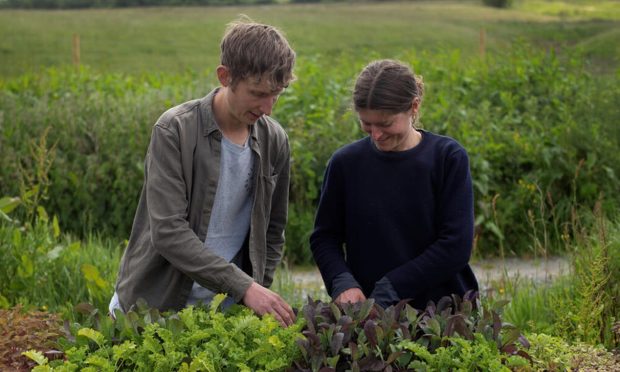
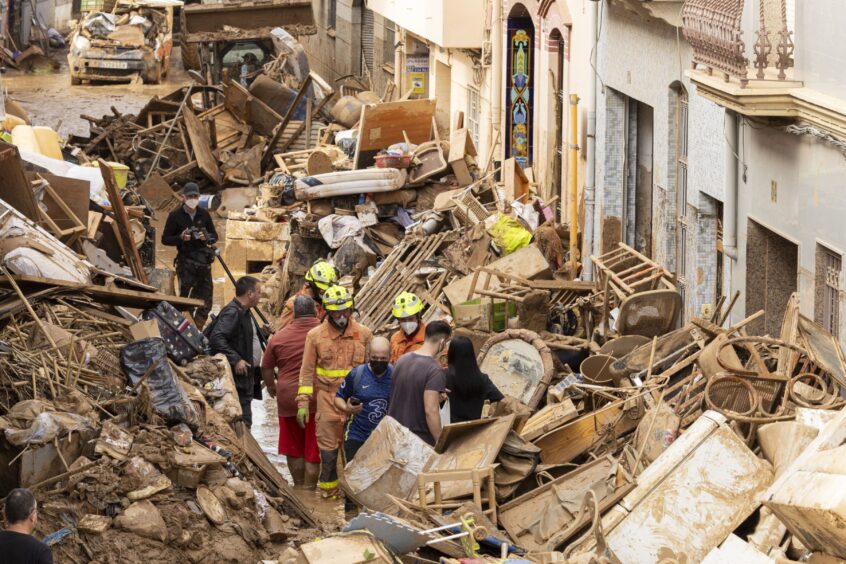
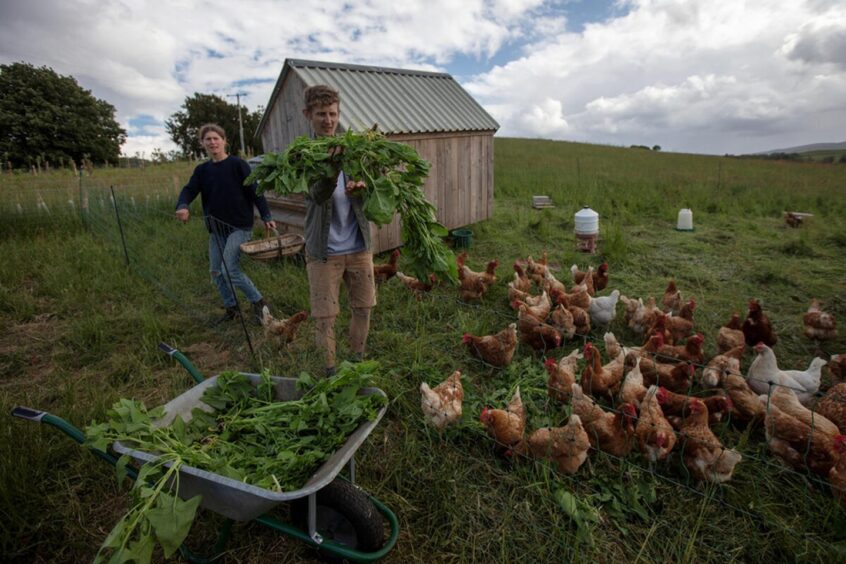
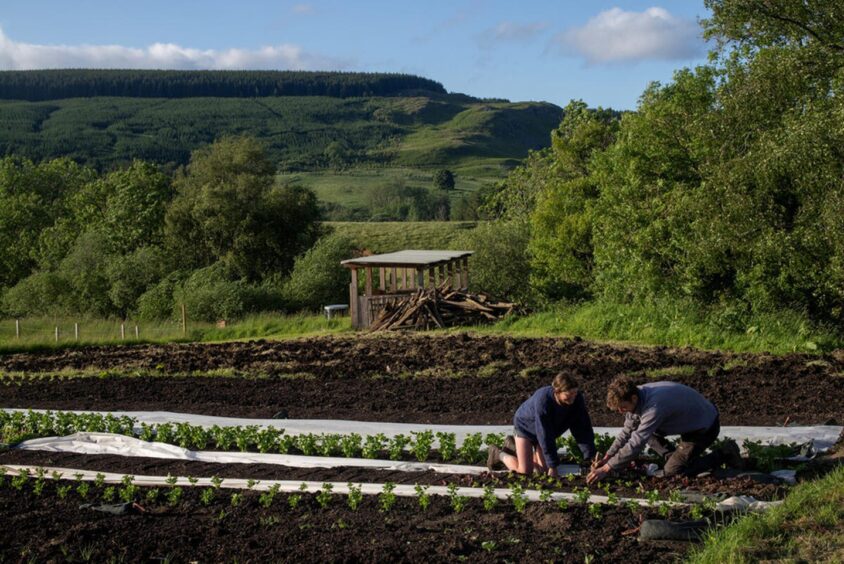
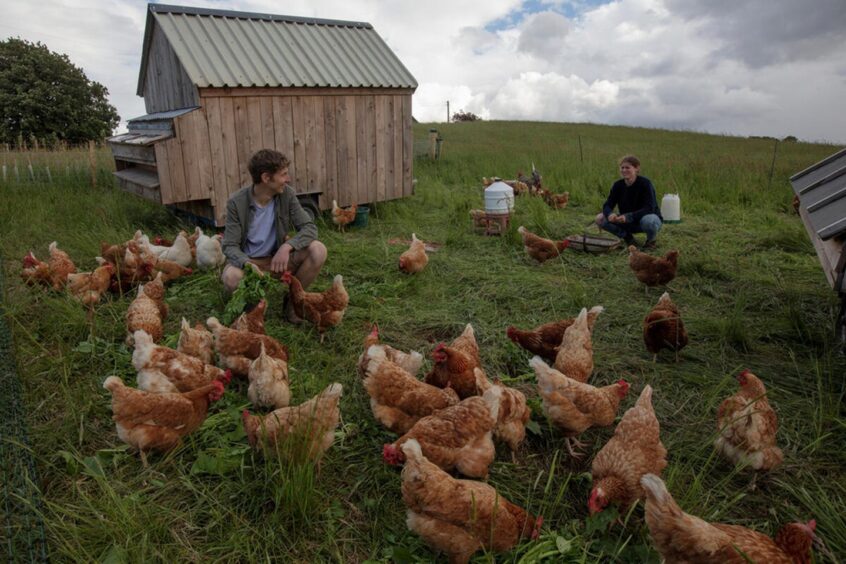
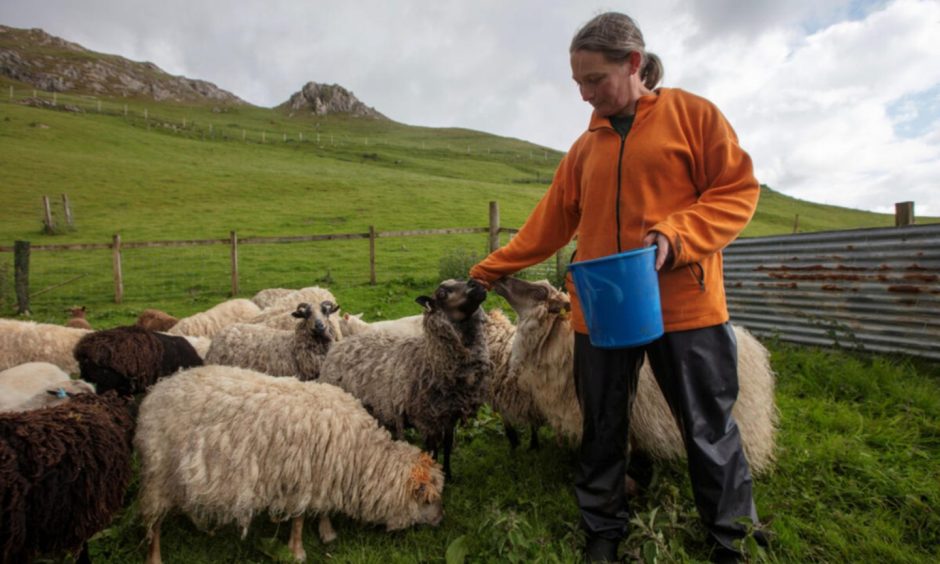
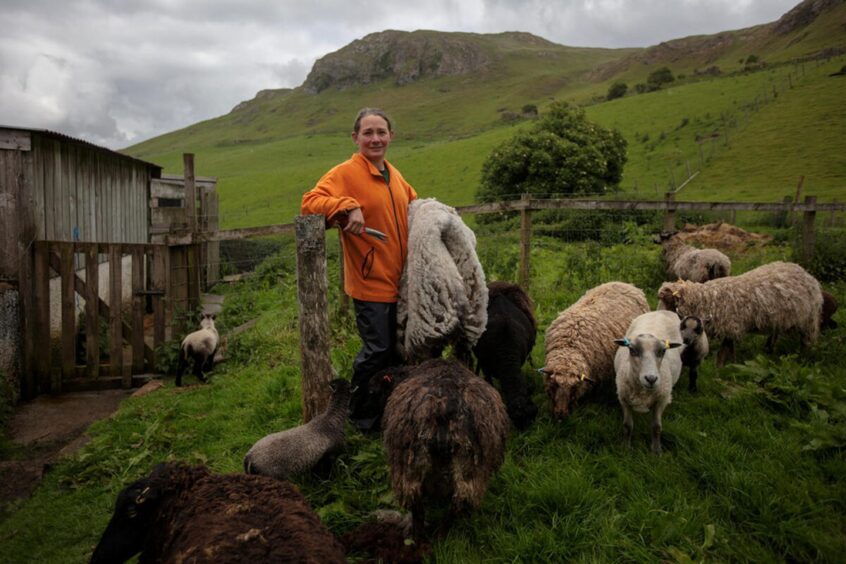
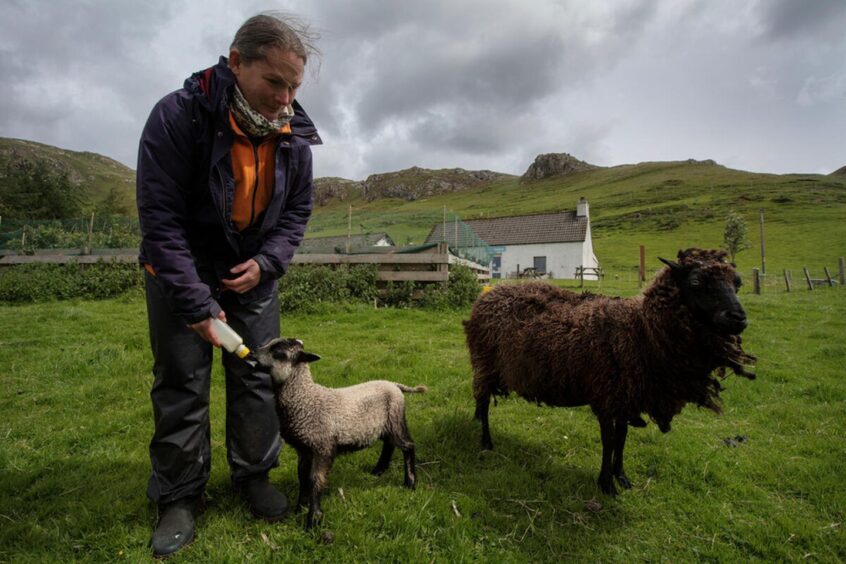
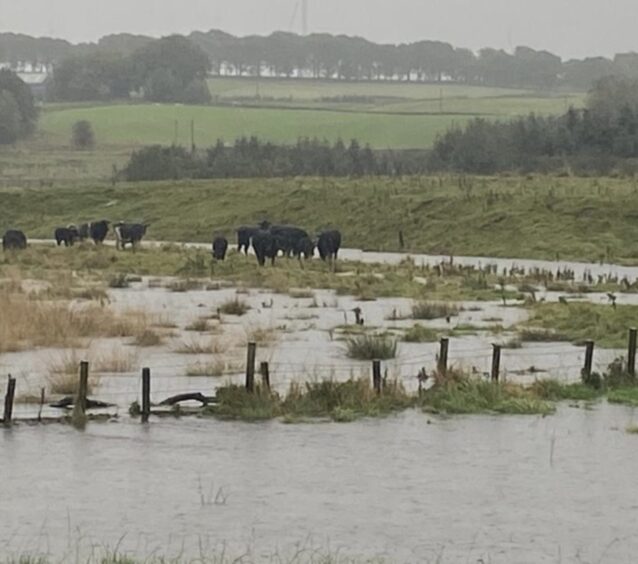
Conversation